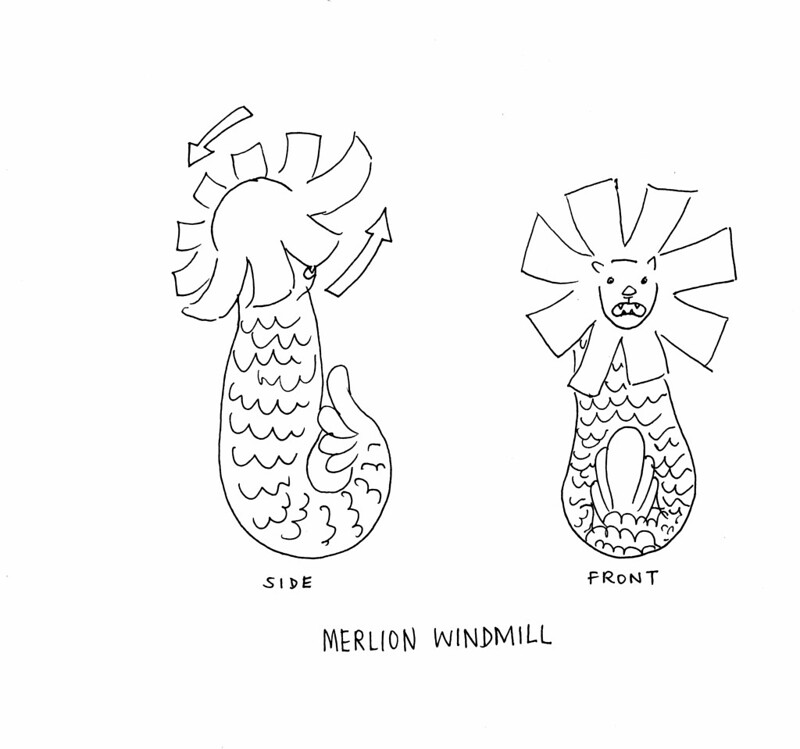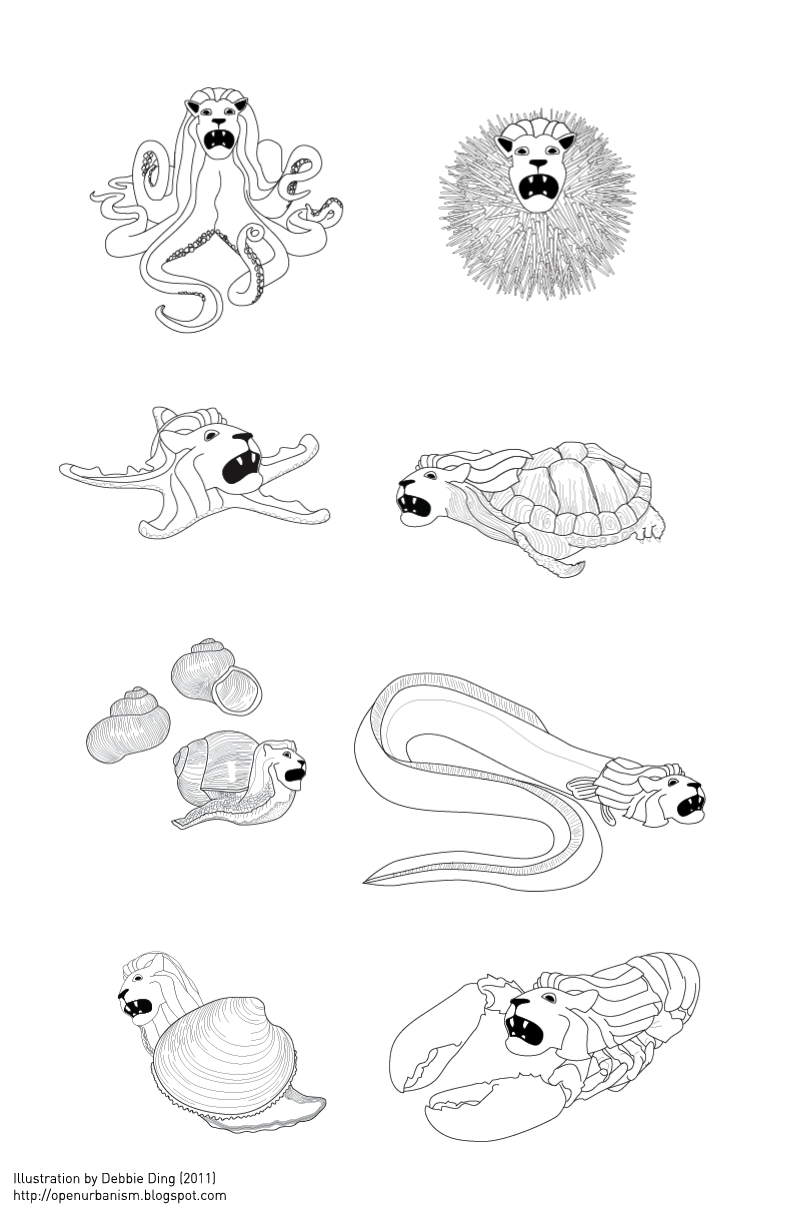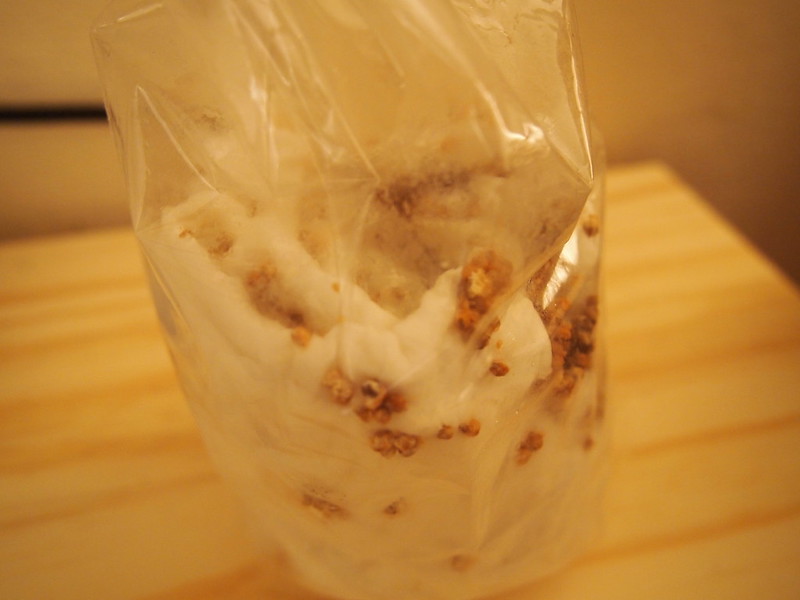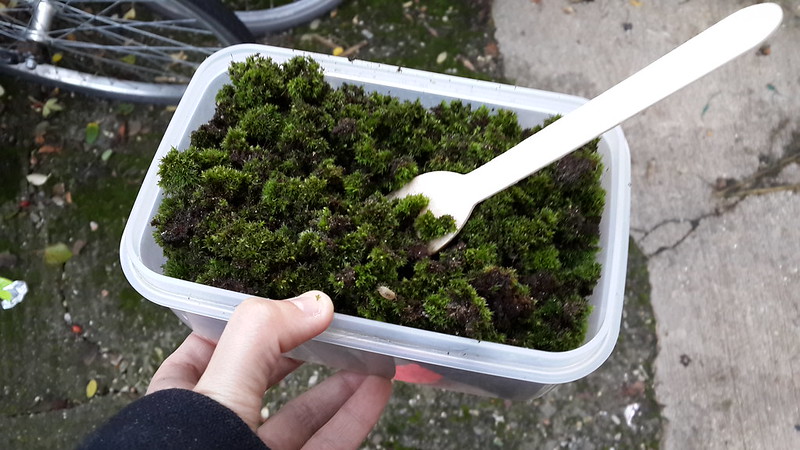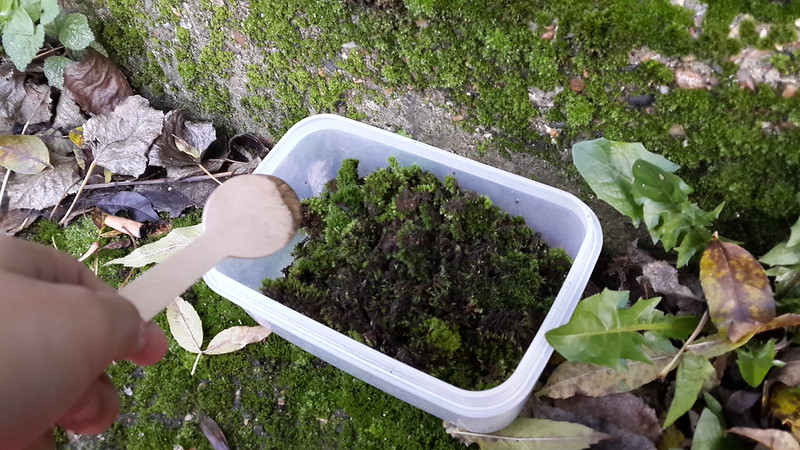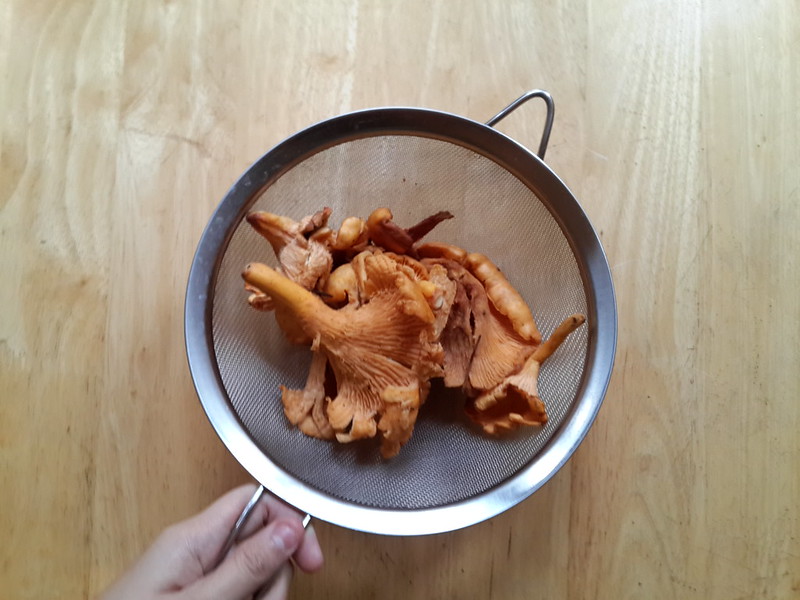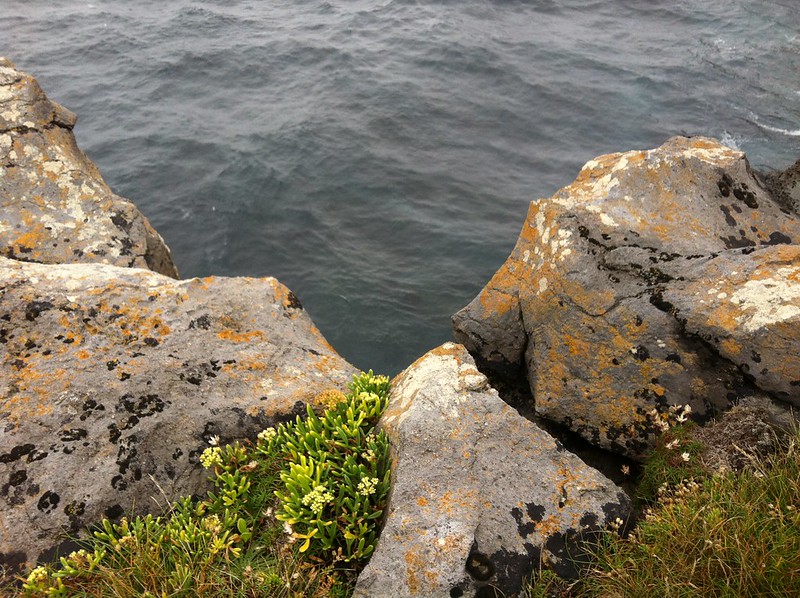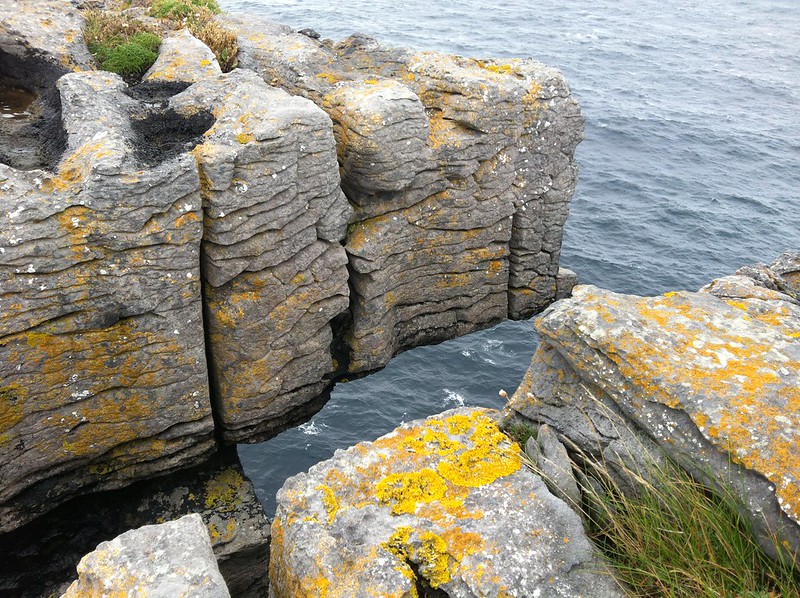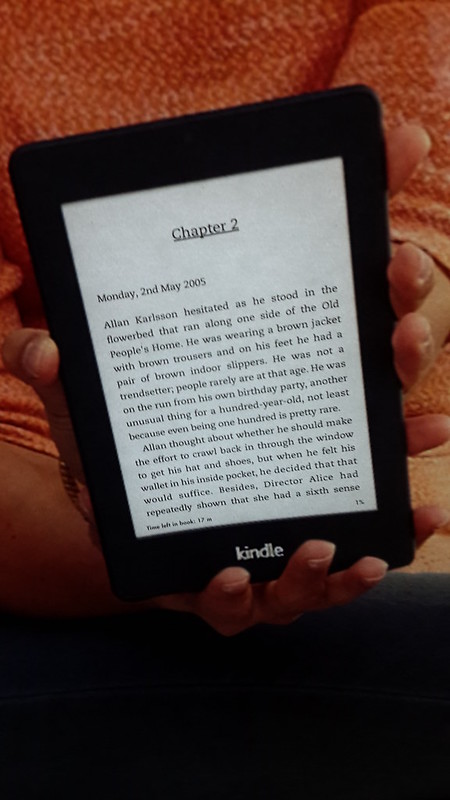Producing a small current from a Peltier Tile
Recently I purchased some Peltier tiles from ebay. A Peltier device is something which is able to change a temperature differential into voltage (Seebeck Effect) and when a current is run through it, opposite sides of the tile have a temperature difference (one side will be hot and the other side will be cold - and in some cases will require a heatsink to prevent it from damaging the unit).
Image Source: http://www.tellurex.com/technology/peltier-faq.php
The Peltier tile itself is a ceramic coated tile with tiny n-type and p-type semiconductors coupled together with a junction of copper between each pellet of semiconductor. Like the potato battery, the current is generated when electrons flow from the side absorbing the heat to the side that is releasing the heat.
Both n-type semiconductors and p-type semiconductors are extrinsic semiconductors which means they are "doped" or mixed with specific amounts of impurity. In a n-type semiconductor, each impurity atom produces a free electron which can drift to produce an electrical current. It is called n-type because most of the electrons carrying the charge are negatively charged free electrons produced by the doping process. In a p-type semiconductor, each impurity atom has a hole in the valence band. It is doped with a different element such as which has not enough electrons to form covalent bonds with all of the semiconductor's atoms, thus leaving a hole in the covalent bond structure. Electrons from the n-type semiconductor flow through to the holes of the p-type semiconductor, but because of the arrangement the charge and the heat are all flowing in the same direction...
Image Source: http://www.tellurex.com/technology/peltier-faq.php
Initial results with the tile were as follows:
Hand and cold air - 0.04v
Hand and cup of ice - 0.23v
Top of a Bowl of Soup (55ºC) and Cup of ice (11-15ºC) - 0.58v
More experiments may or may not ensue as the main motivation for this experiment was just that I just wanted to see and feel for myself how peltier tiles actually work...
Where to find a toroid bead (ferrite core) in your house
I wanted to find a toroid bead to build a joule thief. I eventually found one inside a used fluorescent lightbulb. I've been hoarding some broken lightbulbs in the studio - finally they are of some use! My classmate Frank helped me crack up the casing with a pair of pliers. I found this broken bulb in September so the capacitor has had sufficient time to discharge - but apparently you will need to make sure that the capacitor has really discharged if the bulb was recently used.
It was interesting to see what was inside the lightbulb. It was a bit like discovering the existence of a new fruit or something; cutting it open to see what this strange fruit looked like from the inside and only eating the tasty bits. Note that it has to be a fluorescent lightbulb because a glass lightbulb obviously would not have the circuitry or the ferrite core for us to take out.
Toroid bead
When I hear the word toroid I think of of torus prims in Second Life. I imagine big inflatable torus shapes floating about. WHICH IT IS. And speaking of donut shaped things...
DONUTS! INFLATABLE MENORAH! DREIDEL!
It is Hanukkah in Stamford Hill and we noticed this because there were suddenly a lot of exciting donut flavours being displayed at Grodzinskis. Happy Hanukkah!
